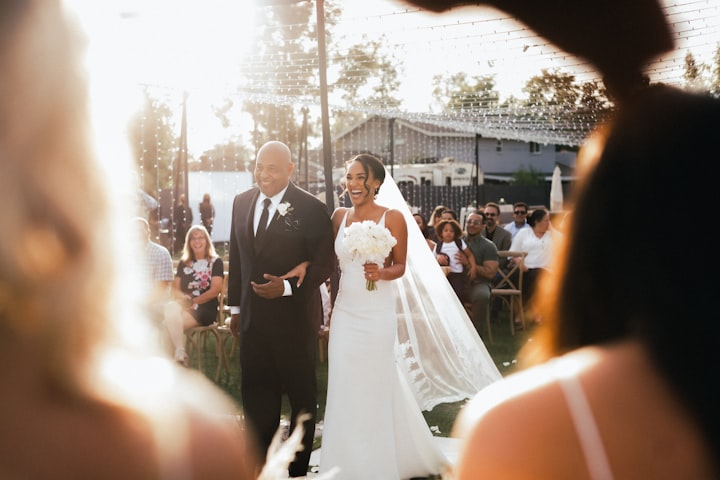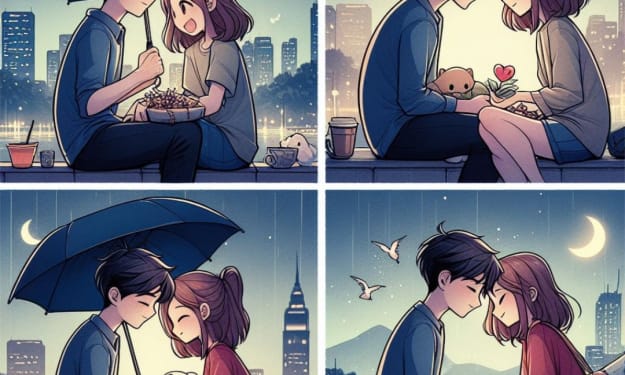The Changing Landscape of Marriage in America
Unpacking the Transformative Changes in American Marriage: A Dive into the Complex Reasons Behind the Decline and Evolution of Marriage.

Marriage has long been a central institution in human societies. However, over the past few decades, there has been a general decline in marriage rates in America.
While the reasons behind this trend are complex, it is important to understand why people get married in the first place.
For some, it is a religious matter, while for many others, economics, companionship, love, and status play significant roles.
Traditionally, marriage has been viewed as an economic necessity for women, especially if they wanted to have children. Men, on the other hand, saw marriage as a way to attach themselves to children and to provide for their families.
This complementarity was founded on deep inequality between men and women, which the women's movement sought to challenge. The movement aimed to make marriage a choice rather than a necessity and to free women from the economic bondage of marriage.
Over time, this inequality has been shattered, and the very institution of marriage has been transformed.
Marriage is now engaged in very egalitarian principles, with women having significant exit power. Women are twice as likely as men to file for divorce, and they are not stuck in bad marriages anymore.
This is a huge achievement for humanity. However, the old role of men providing for their families is now out of the window. Men's role in marriage is different from what it was in the past, and women are looking for something more than just a paycheck.
One of the other significant changes in the institution of marriage is the significant shift up in the age of first marriage. Marriage has become more like the capstone, a signal of everything that has led up to the ceremony, rather than the beginning of a journey.
In some ways, marriage is the end of a journey to a position where people feel they can get married now. The typical college-educated American woman is almost as likely to get married as her mother was, and if anything, a little bit more likely to stay married than her mother was. There really hasn't been much of a decline in marriage at all in the top ranks of American society. Meanwhile, significant declines lower down.
A big class gap has opened up, with fewer working-class and lower-income Americans opting into the institution. This has led to what my colleague Isabel Sawhill calls "one of the main class fractures in American society."
No one expected that Americans with the most choice and the most economic power, especially American women, would be the ones who were continuing to get married and stay married. The kaleidoscope has been shaken, and the patterns haven't quite settled yet.
In conclusion, we cannot tell a single story about marriage in America anymore, in the way we could just 40 years ago. We have to tell different stories based on class, race, and geography.
Marriage is no longer seen as something that you have to do to be a complete person or have a good life. Only 1 in 10 Americans now believe that it's essential to be married. Marriage is now a choice, and people are choosing to get married later in life, after they have established themselves economically and emotionally.
The landscape of marriage in America has changed dramatically, and we must continue to study these changes to understand their impact on society.






Comments
There are no comments for this story
Be the first to respond and start the conversation.